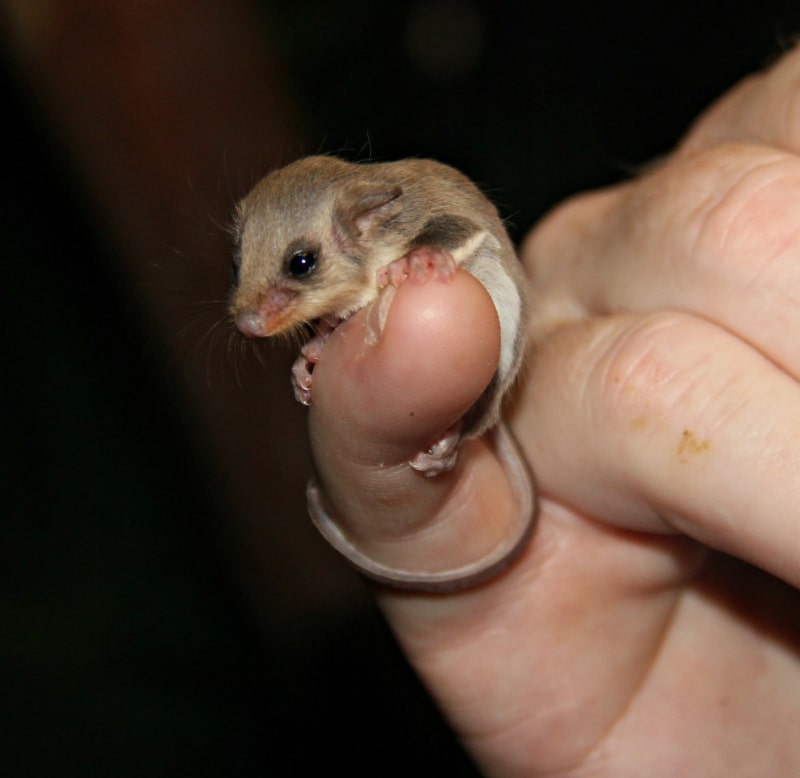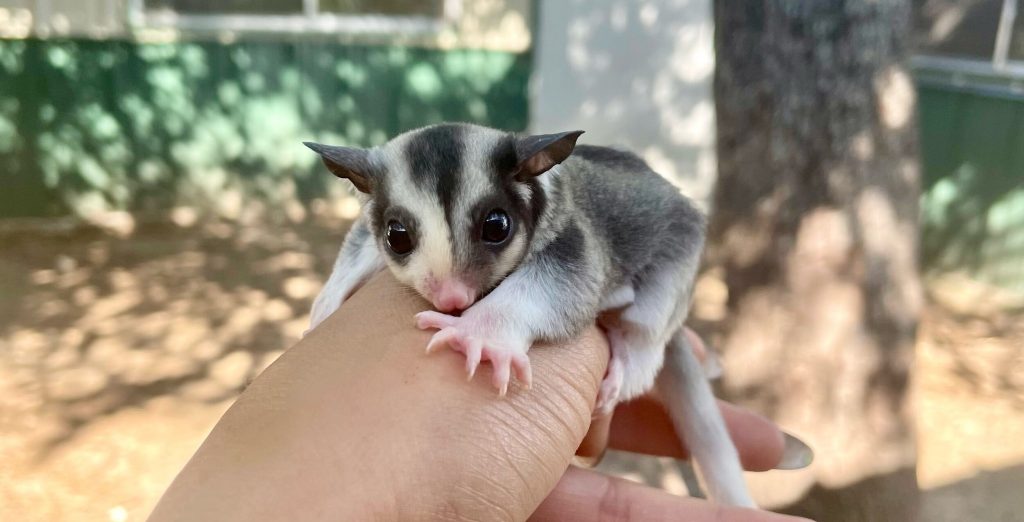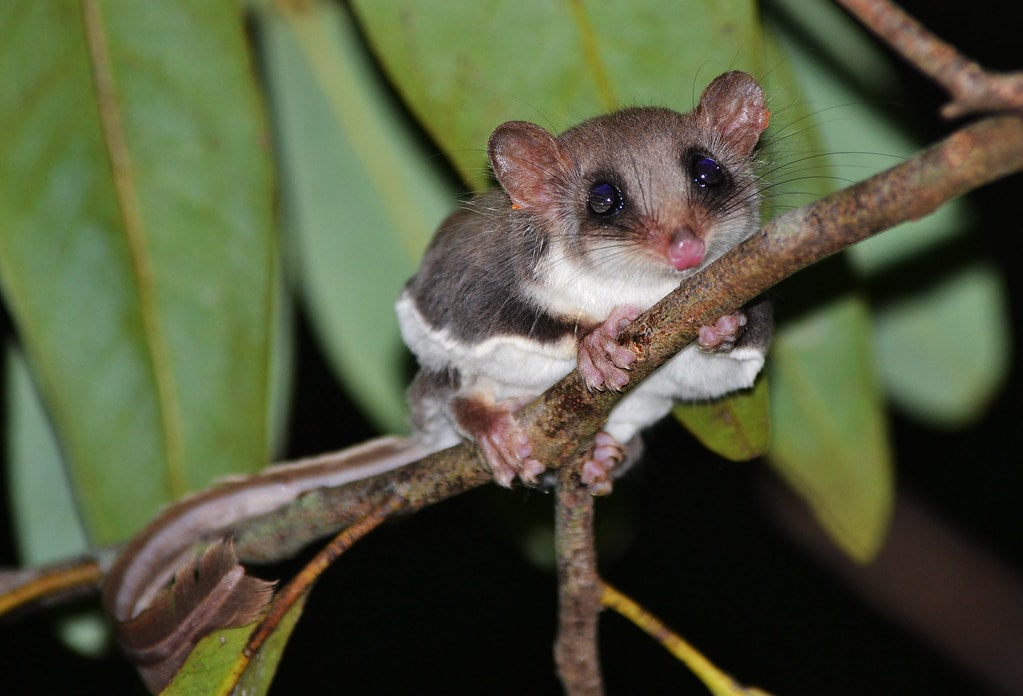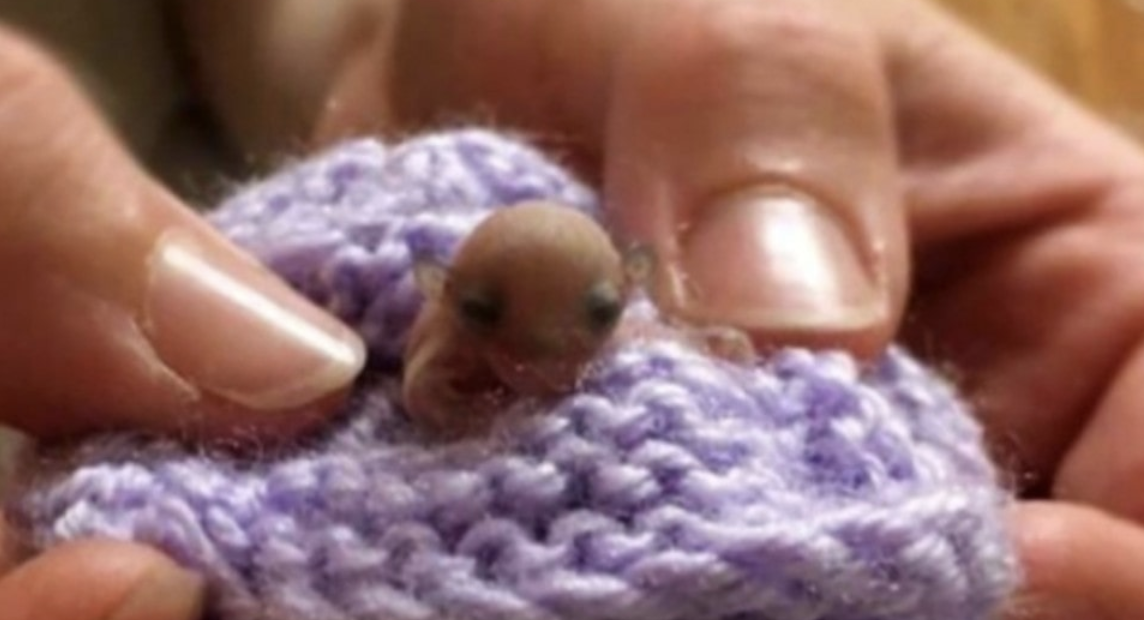Meet Boop, the tiniest and cutest baby animal at the Australia Zoo Wildlife Warriors. Boop is a baby feathertail glider who will steal your heart with her sweet nature. She’s so small that she weighs less than one gram!

Boop is currently receiving exceptional care at the wildlife sanctuary. These adorable animals are known for their unique flat tail, which is covered in stiff, fringed hair that grows horizontally on either side. This tail helps them steer and brake as they move through the trees.
Feathertail gliders are the only mammals with feathered tails. Boop’s tail is about 7-8 cm long and looks like a bird’s feather. When fully grown, she will weigh only 10 to 15 grams. This tiny size allows her to escape detection when in danger or be fooled by a mouse when a cat brings it inside.
Feathertail gliders have the ability to go into torpor during cold weather or when food is scarce. During torpor, their respiration becomes slow, and they briefly lose consciousness. But as soon as the conditions improve, they bounce back to their lively selves.
Living in trees, Feathertail gliders mainly feed on nectar, pollen, and insects. They have a unique way of traveling between trees – gliding through the air! When they leap off a tree with their legs outstretched, the flap of skin between their front and hind foot spreads like a parachute, aiding in their ability to glide. The flattened tail of this little possum also helps with gliding, turning, braking, and landing safely.

Gliding allows Feathertail gliders to stay above the treetops and avoid larger, ground-dwelling predators. Although they usually glide for about 14 meters, they have been observed to reach up to 28 meters in a single glide. Impressive, isn’t it?

Feathertail gliders have unique feet that resemble frog feet, but with fur instead of scales. The large pads on their toes have grooves underneath, allowing them to climb almost anything. Thanks to the numerous sweat glands on their footpads, these small gliders can even climb vertical glass panes using surface tension, acting like tiny suction cups.
You can find Feathertail gliders in eastern Australia, from far north Queensland to South Australia. They can build their homes anywhere, using leaves, feathers, and shredded wood to line their nests. They even repurpose old bird nests and banana sacks!
Their nests are spherical with a diameter of 6-8 cm, often located on palms, staghorns, and tree ferns. Feathertail gliders live in communal groups of 5 to 30 individuals in the northern parts of the country and reproduce year-round. In the south, they reproduce during the spring, summer, and late winter.

In the wild, these adorable creatures have a lifespan of about four years. Both males and females have the same size and appearance, except for the female’s pouch, which is used for carrying and nurturing their young.
Next time you visit the Australia Zoo Wildlife Warriors, keep an eye out for Boop, the adorable baby feathertail glider who will melt your heart with her tiny size and cute antics!




